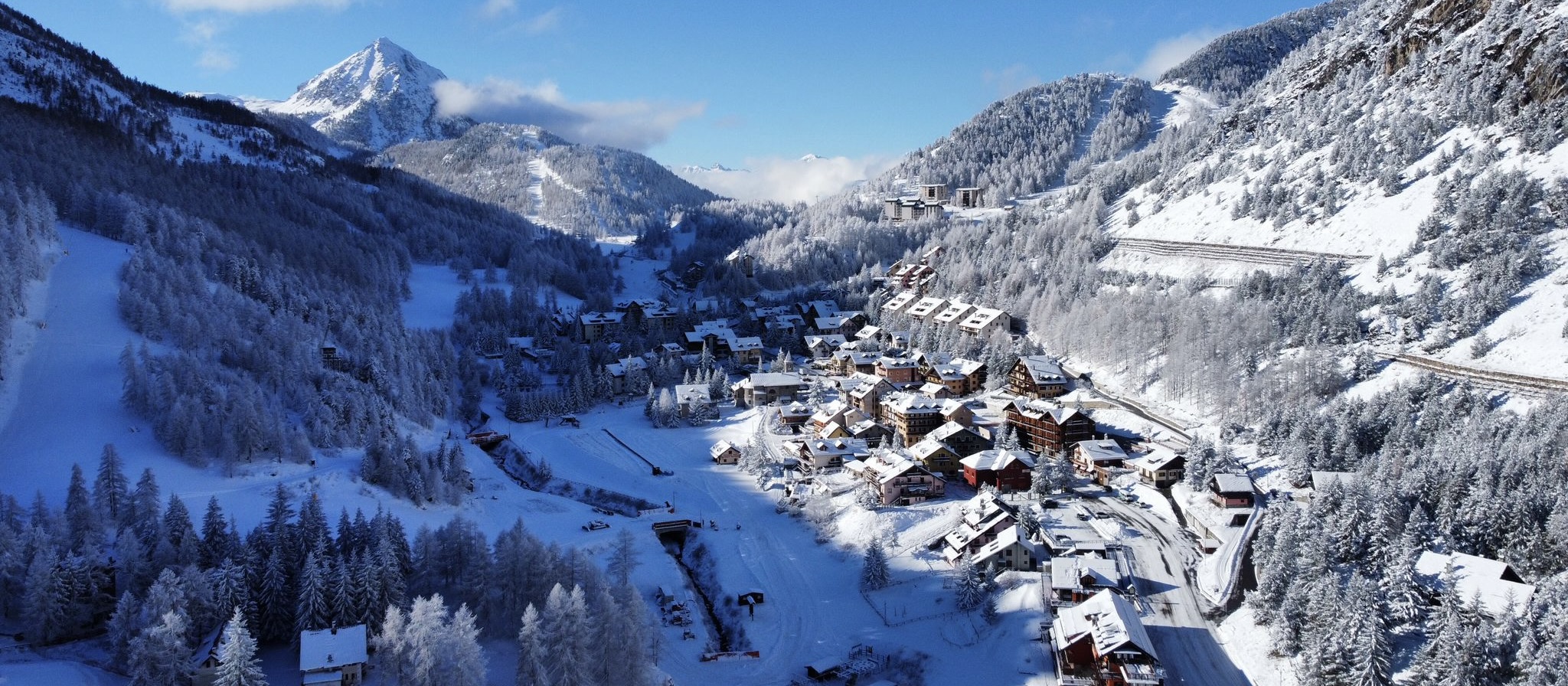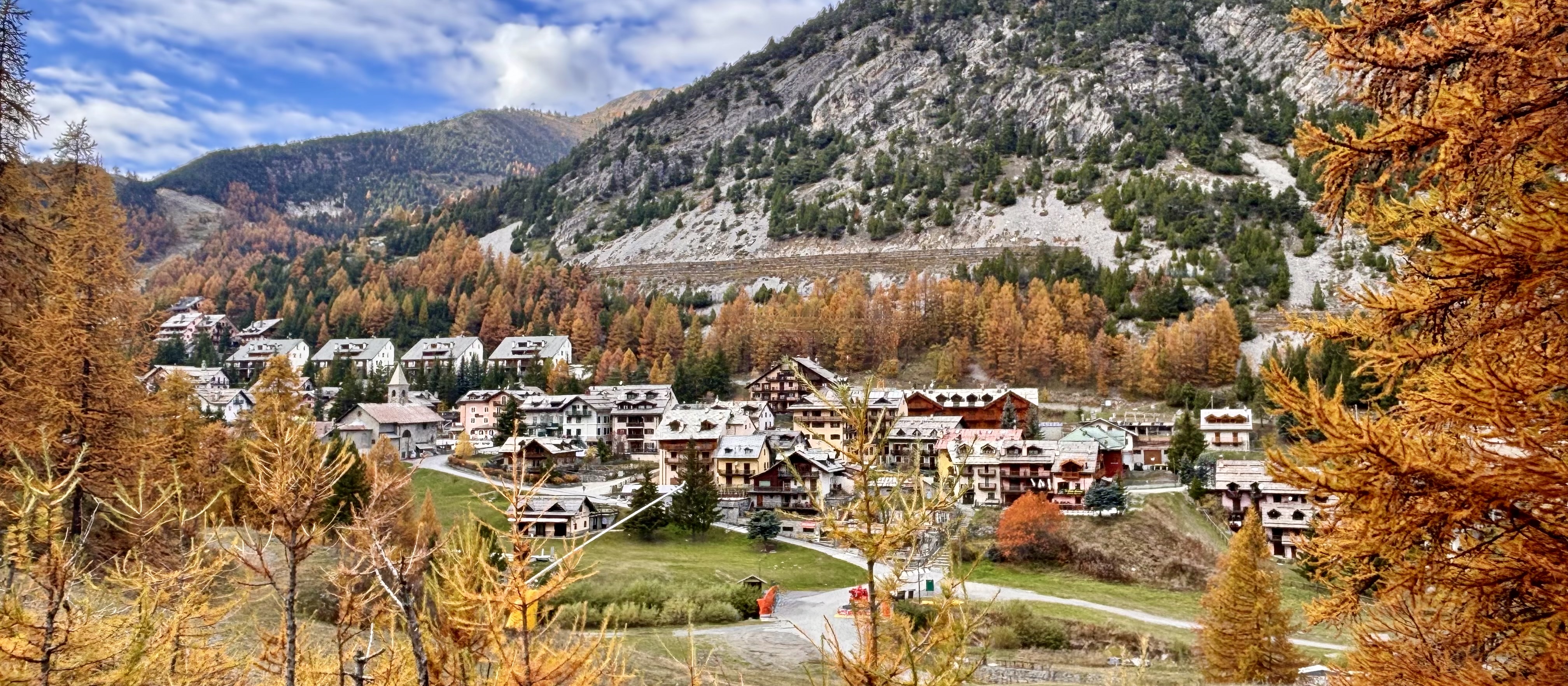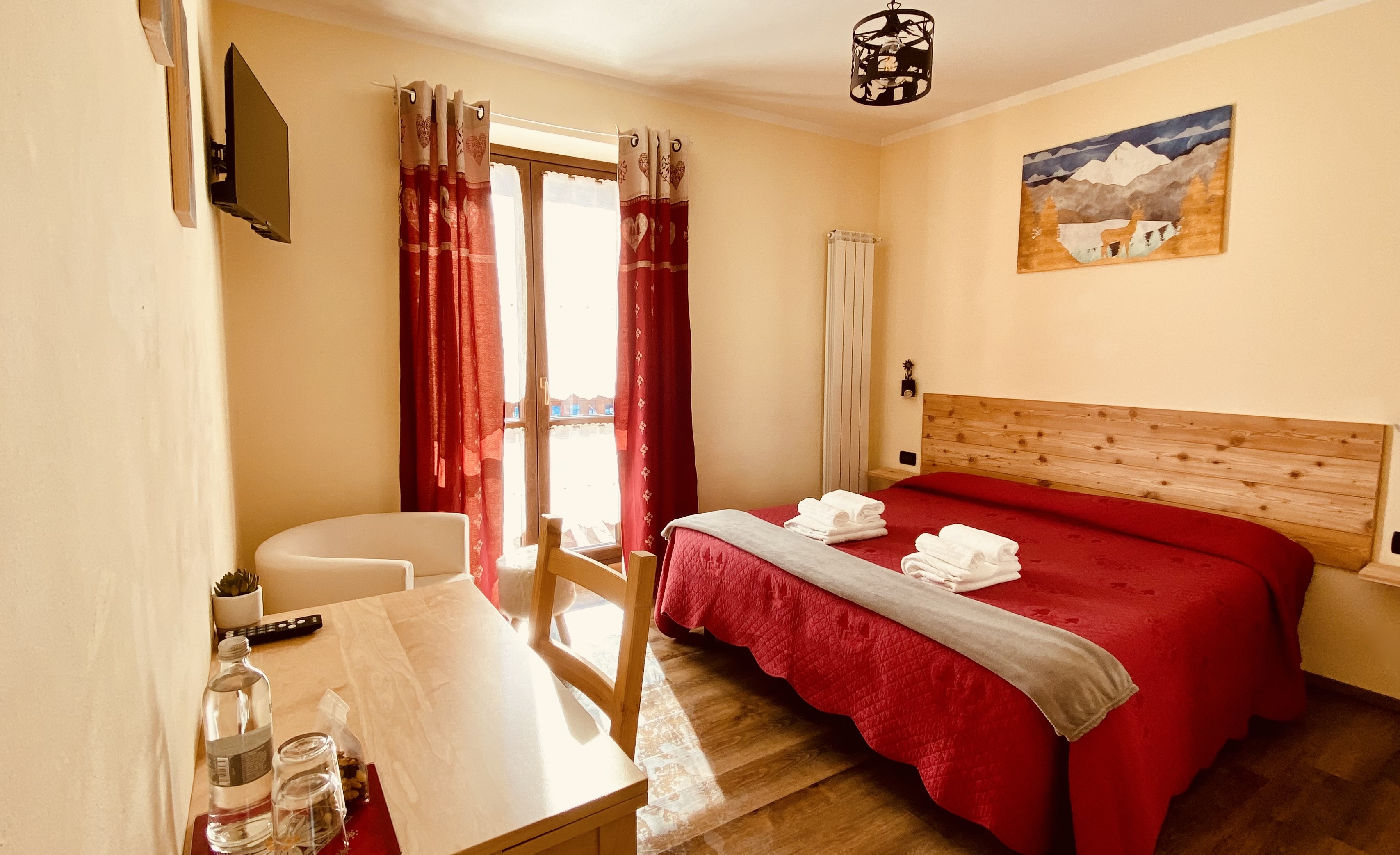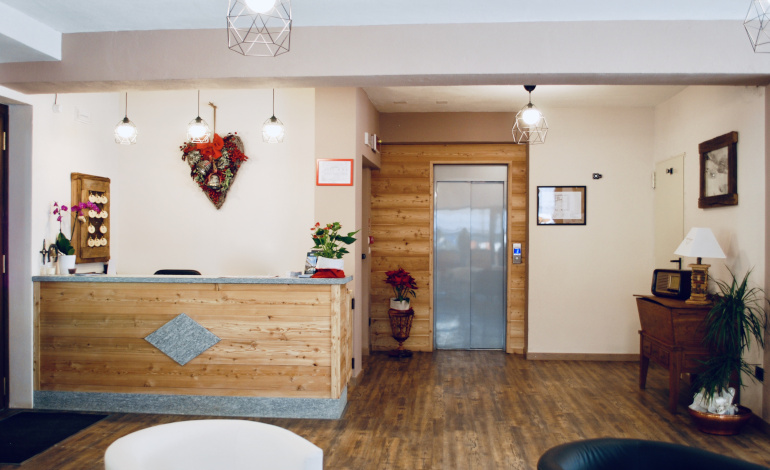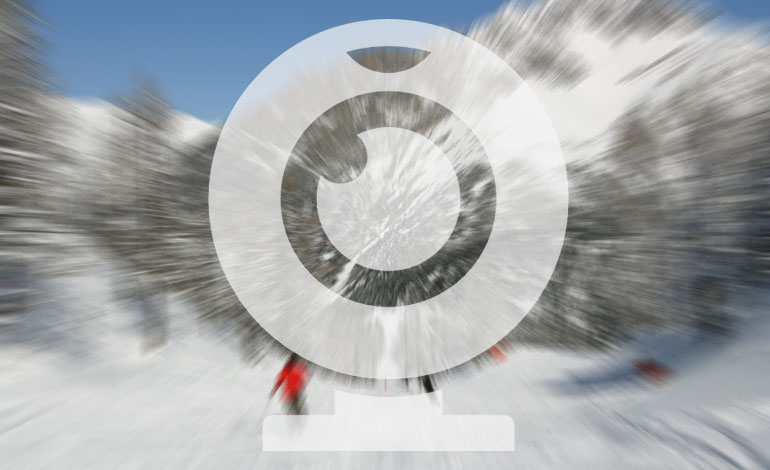Claviere
The first inhabitants of these mountains at the end of the prehistoric era crossed the alpine passes to do commercial exchanges. The pass of Montgenevre which links the Haute Vallee of Suse to the Vallee of the Durance was by far the busiest. Certain theories lead us to believe that Hannibal and his elephants passed through here in 218 BC, Julius Cesar also came through here firstly in the year 58 BC when he was nominated proconsul of the Gaule Cisalpine and Transalpine. He journeyed from Rome to Geneva in 8 days covering an average of 150 km per day. He crossed this pass several times after this during the 8 campaigns which took place before 51 BC.
After having fought successfully against the mountain tribes, Cozius, ally of Cesar, took the decision to construct a route which was better adapted to the Roman legions, the Cottia per Alpem Roman road went from Turin through Suse (Segusium), Oulx (Villa Martis), Cesana (Gadaone or Gaesao) and crosses the dangerous gorges of Claviere which were later put under the protection of San Gervasio. The overhanging rocks were piled up to a width of 2 ½ metres so that the pass where the temple built in honour of the god Janus (who gave his name to Mount Janus) could be accessed. From this point, the journey to Brigantius, now known as Briancon became much easier. In this basin, the town of Claviere was born. (known as Las Clavieras in the Middle Ages). One can only imagine the relief of the pilgrims when they finally reached their destination in the middle of winter having braved snow storms, dangerous avalanches and other hazards. The inhabitants of these mountains used to mark out the road with long pieces of wood planted in the ground. The vehicles were unloaded; the loads were put onto sledges and hoisted up the slope using their arms. Once Spring arrived, the loads were attached to a large rope held by men and cattle and this enabled the carriages to descend the steep slopes without toppling over. This route remained a simple track during the Middle Ages and up until the Napoleonic era. There is an epitaph in the chapel of Saint Gervais telling the story of a coach man who successfully crossed the pass with a carriage drawn by 2 horses without having to dismount from his seat.
Even in 800, despite the Napoleon road constructed on the flanks of Mount Chaberton, winter was a moment of solitude for the distant village of Claviere. However a season of great joy and bustling was approaching; the season of great alpine skiing or simply the Skiing Season (as the pioneers called it).
Mr E. Santi, mayor of Claviere, wrote in 1914 ‘we have noticed that after years of skiing, the Claviere basin and its surrounding area has the most snowfall of the Piedmont valleys which ensures a long winter ski season starting in October and extending until April. The new ‘tool’ which enabled ‘flying whilst skiing’ on the snow was used to attract the attention of military authorities who had many problems in ensuring the movement of troops and defending 1900 kilometres of alpine borders. In 1901 the third battalion of alpine ‘chasseurs’ of Bousson underwent regular ski training in the Cesana and Claviere area.
Information taken from www.claviere.it

